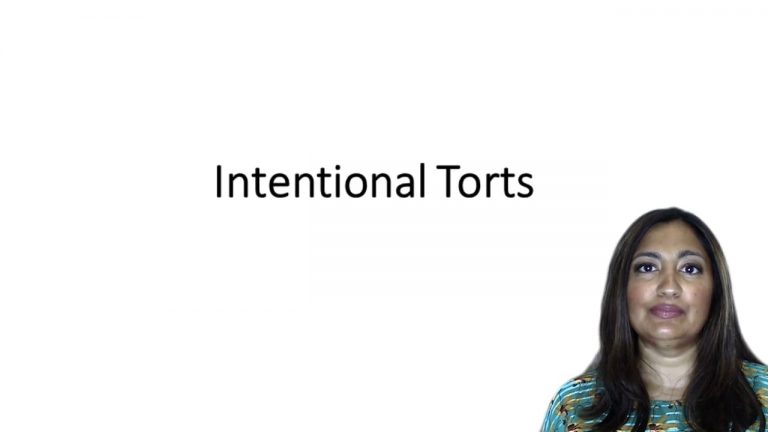SmartBrief
Confirm favorite deletion?
Torts keyed to Robertson
Ghassemieh v. Schafer
Citation:
Court of Special Appeals of Maryland, 1982. 52 Md.App. 31, 447 A.2d 84.Facts
The Appellant, Karen Ghassemieh, was an art teacher at a junior high school. The Appellee, Elaine Schafer, was her 13-year-old student. In 1977, the Appellant was in class about to sit down and help another student when the Appellee pulled the chair away causing the Appellant to fall and injure her back. The suit for negligence was not filed until 1980, although the Appellant stated that she was treated for back problems throughout 1977 and 1978. The Circuit Court gave the jury a definition of battery and instruction telling them to find for the Appellee if they found her actions to constitute a battery as it was a negligence suit and the statute of limitations had passed for battery. Appellant’s counsel made an objection to the court’s definition of battery as it did not include a requirement that the Appellee had an intent to harm. The objection was overruled and the jury found for the Appellee.
Only StudyBuddy Pro offers the complete Case Brief Anatomy*
Access the most important case brief elements for optimal case understanding.
*Case Brief Anatomy includes: Brief Prologue, Complete Case Brief, Brief Epilogue
- The Brief Prologue provides necessary case brief introductory information and includes:
Topic:
Identifies the topic of law and where this case fits within your course outline.Parties:
Identifies the cast of characters involved in the case.Procedural Posture & History:
Shares the case history with how lower courts have ruled on the matter.Case Key Terms, Acts, Doctrines, etc.:
A case specific Legal Term Dictionary.Case Doctrines, Acts, Statutes, Amendments and Treatises:
Identifies and Defines Legal Authority used in this case.
- The Case Brief is the complete case summarized and authored in the traditional Law School I.R.A.C. format. The Pro case brief includes:
Brief Facts:
A Synopsis of the Facts of the case.Rule of Law:
Identifies the Legal Principle the Court used in deciding the case.Facts:
What are the factual circumstances that gave rise to the civil or criminal case? What is the relationship of the Parties that are involved in the case.Issue(s):
Lists the Questions of Law that are raised by the Facts of the case.Holding:
Shares the Court's answer to the legal questions raised in the issue.Concurring / Dissenting Opinions:
Includes valuable concurring or dissenting opinions and their key points.Reasoning and Analysis:
Identifies the chain of argument(s) which led the judges to rule as they did.
- The Brief Prologue closes the case brief with important forward-looking discussion and includes:
Policy:
Identifies the Policy if any that has been established by the case.Court Direction:
Shares where the Court went from here for this case.
Topic Resources
Topic Outline

 22m 47s
22m 47s